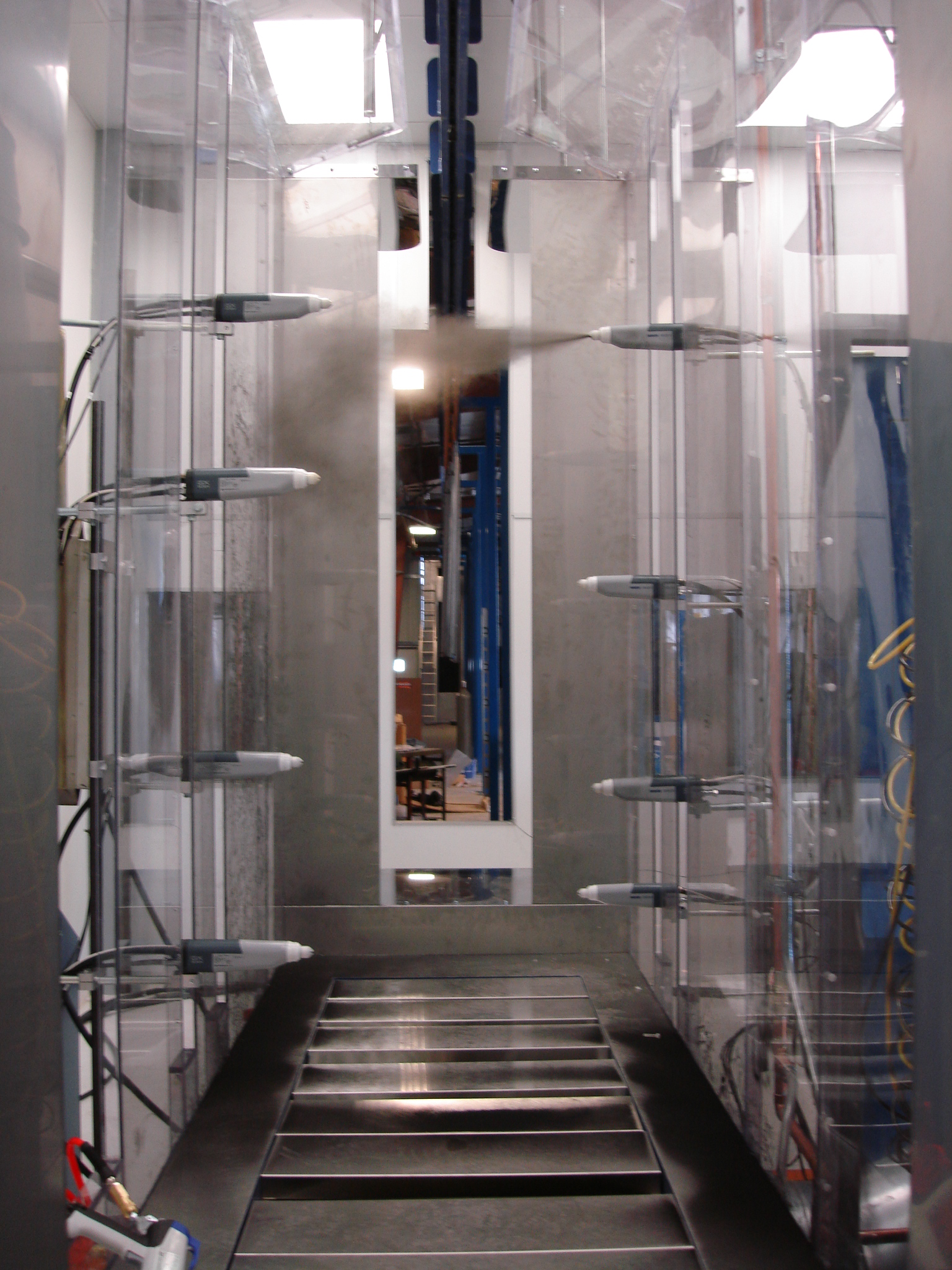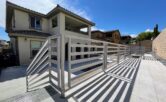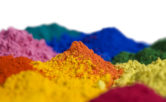
Can You Powder Coat Over Existing Powder Coat?
Can you powder coat over an existing powder coat? Essentially, yes, you can. Before you do, though, you should be aware that there are usually better alternatives.
The longer answer is rarely a simple yes or no. There are usually more questions and considerations involved.
What You Need to Consider Before Powder Coating Over an Existing Coating
Several important factors determine whether or not it’s a good idea to powder coat over an existing powder coat. Ultimately, it’s really up to the person who will be paying for it to decide.
Some questions to ask first:
Is It a Clean Surface?
Surfaces without imperfections in the existing powder coat are the best candidates. If there are flaws in the surface, such as bubbling, spots, or fish-eyeing, then applying another powder coat will likely just enhance these flaws. Additionally, there may be simpler ways to resolve those issues, like outgassing, sanding, or buffing.
How to Do Two Layers of Powder Coat?
If the existing powder coat has no imperfections and the surface is clean, adding a second powder coat may be as simple as adding the first one. Possibly easier, since you already know that the underlying substrate (generally metal) of the object can withstand the high heat of powder coating.
Can Powder Coating Be Touched Up?
Not with more powder coating. Unlike paint, powder coating must be applied all at once to the entire object, then exposed to high heat for curing. There’s no way to really address spot flaws by using more powder coating; lines would be visible between the first coat and the touch-up.
If flaws cannot be addressed, the entire object must be completely stripped to bare metal in order to be powder coated again, and then the object gets a new layer of powder coating. Stripping powder coating off is a lengthy, arduous process. It gets very expensive very quickly. It is possible, but it is also costly. The only real option for touching up powder coating is to apply a layer of paint to the spot, but this is an unsightly fix. It’s best to strip and recoat the whole object for a perfect finish.
Can You Put a Second Coat on Powder Coating?
Put simply, the answer – most of the time – is yes. There’s nothing about powder coating that makes the material fundamentally incompatible with more powder coating. You can have the powder applied and cured to form a new coating that looks just like new, in most cases. It’s important to remember, however, that applying another layer of powder coat is rarely the best solution to any problems with the existing powder coat.
How to Powder Coat Over Powder Coat
Powder coating can leave an object with imperfections if it isn’t applied properly. If you encounter these kinds of problems, they can frequently be resolved by outgassing, simple sanding, or buffing, and these may be better -and less costly- alternatives to applying an entirely new powder coat.
Of course, if you want to change the object’s color, powder coating over powder coating may be the best answer for you. It will only work, however, if the original powder coating was executed flawlessly.
It’s important to remember that powder coating is only as strong as its weakest link, so if there are any compromised spots, damage to the object, rust, or various other imperfections, we will note these concerns during our examination and give you the solutions we think are best. If the finish is going to be anything less than perfect as the end result, we will advise you beforehand. We strive to create the highest-quality powder coating for your project.
When Does Powder Coating Work Best?
Powder coating is a relatively simple process, but it only works if certain factors are in place. The powder coating, ideally, should be applied to a new or clean surface. Since there are various kinds of chemistry employed in various types of powder coatings, not all powder coats will respond well with one another. That means you need to consider compatibility before applying a new layer of powder coat over an old one.
The best course of action is to remove the old coating completely before any new powder coating is applied. This can be done by sandblasting the object or by using chemicals to strip the powder coating away. This lengthy process is much more costly than buffing out or sanding a compromised section of existing coating. This is why applying a new layer of powder coating over existing powder coating should be a last resort.
How to Apply Two Layers of Powder Coat
Begin by examining the object thoroughly for imperfections, flaws, and other surface issues. Just like powder coating should only be applied to clean metal, a second layer of powder coating should only be applied to powder coating that is already perfect. Any flaws will only be magnified by a second coat. This is one reason we don’t typically recommend this method: it’s always best to start with clean, bare metal. Once it’s finished, we make sure there are no errors in the application and curing process. Powder coating done correctly is flawless.
It’s especially important to determine whether or not powder coating on an object is actually powder coating. Manufacturers in other countries have developed lookalikes for powder coating that are actually paint. If this is the case, all of the paint must be removed before applying a layer of powder coat. If you have questions about an object you want to have powder coated, contact us so that we can set up a consultation.
Leave the Powder Coating Re-Coat to the AR Team
If you don’t want to worry about process errors or faulty equipment, AR Iron’s Powder Coating services can strip and re-coat any object you need with our state-of-the-art equipment and best practices. We’ll be pleased to assess the object or objects you would like powder coated and steer you in the right direction for a flawless finish and a beautiful final project. Contact us today to learn more.




